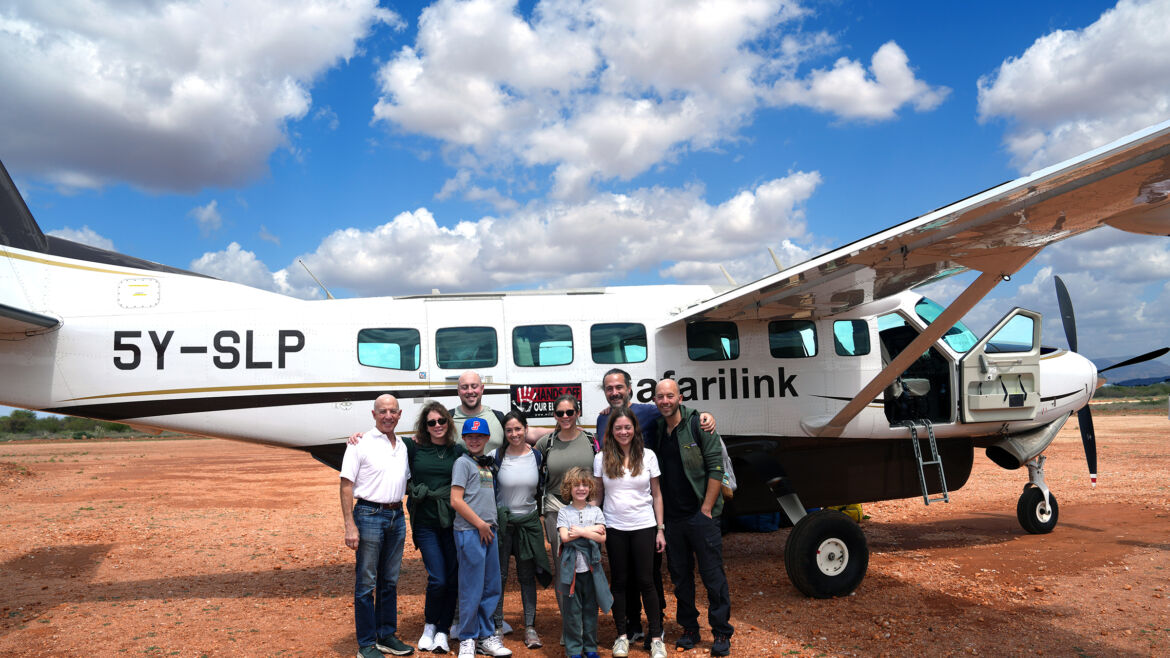During the Covid shutdown in 2020 I was stuck home and writing almost every week. Now, not so often. We’ve been traveling a great deal. Now that I’m technically retired (I still spend a pretty fair amount of time on the Mathnasium businesses in which I am and investor with Jana and another partner) Debbie and I are traveling both alone but mostly with some or all of our family. As we get older we are not taking our good health for granted and trying to get to places on our bucket list and the places we love, like Paris! There is another imperative as well… We want to see places that are fabulous and unique before they are dramatically and permanently altered due to climate change.
As such, we took the family on safari to Kenya and Tanzania/Zanzibar over the holidays. One of the places we went was to the Serengeti to see the wildebeast migration. Words cannot describe or express the sight and feeling of this experience. We could see literally hundreds of thousands of beasts and were told that it was only a small fraction of the total. Here’s an inadequate photo of them mixed in with zebras. And the lions were wandering about trying to find one to eat…
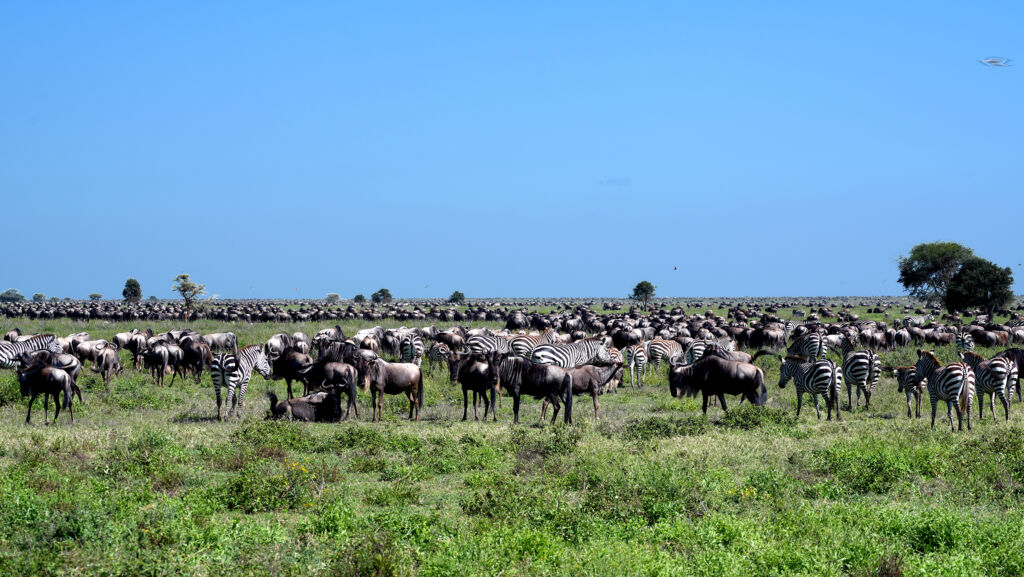
The reason I mention this gets to the point of why I continue to write this blog. I guess the principal motivator is the feedback I get from many of you. Many have expressed their appreciation for the content. I hope you find this educational, informative, stimulating and actionable. I try to make you aware of how dramatic and dire the changes and the real world consequences are to the natural order of things. Next is how these natural environmental consequences impact our society and how this does or will impact you personally sooner probably rather than later.
The physical impact has become extremely dramatic in human terms in recent flooding in North Carolina and other parts of the Southeast and the wildfires in California. It doesn’t get much more obvious than this.

And in Scotland, one third of the country’s without power due to a storm that is causing winds that are so strong that they are having a challenge even measuring them but certainly around or in excess of 100 MPH.
From E&E News
Major Storm Lashes Ireland, Scotland with Hurricane-Force Winds
Forecasters issued a rare “red” weather warning, meaning danger to life, across the whole island of Ireland and central and southwest Scotland.
ASSOCIATED PRESS | 01/24/2025
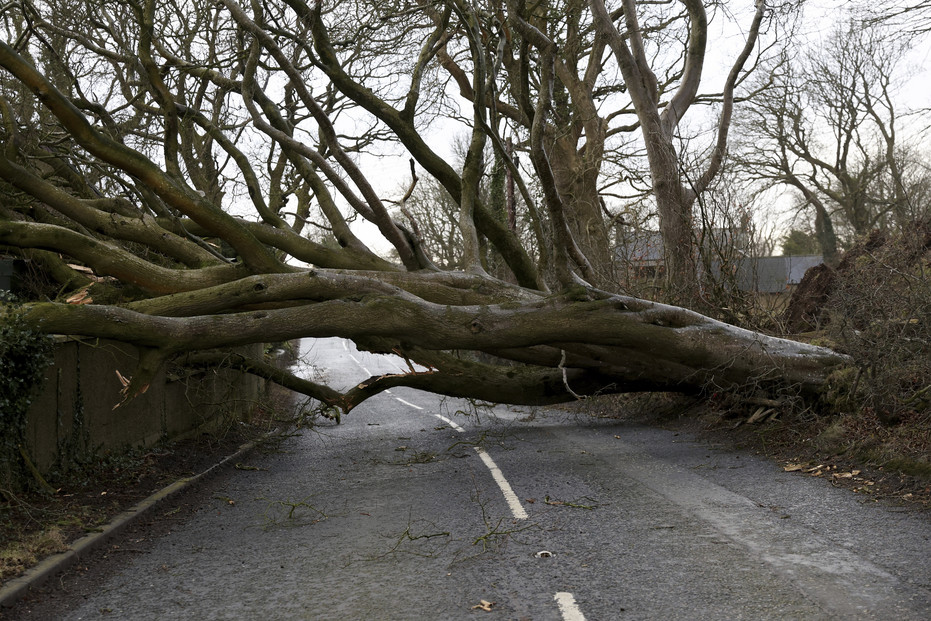
Besides the obvious impact of losing one’s home (and possibly life), business, work and possessions and the death and recovery process disrupting so many peoples’ lives there’s the insurance dilemma. How do we rebuild and where is safe? And who is going to pay for this as these events become more frequent and increasingly costly? What happens to peoples’ finances when the value of their real estate collapses and they can’t sell their property for anywhere what it was previously worth and in many cases made up the bulk of their net worth?
From the Wall Street Journal
The World Is Getting Riskier. Americans Don’t Want to Pay for It.
California is a microcosm of what happens when insurance breaks down: Either households face potential ruin, or the public is handed a financial time bomb.
Jan. 19, 2025

From The New York Times
Insurers Are Deserting Homeowners as Climate Shocks Worsen
Without insurance, it’s impossible to get a mortgage; without a mortgage, most Americans can’t buy a home.
December 18, 2024
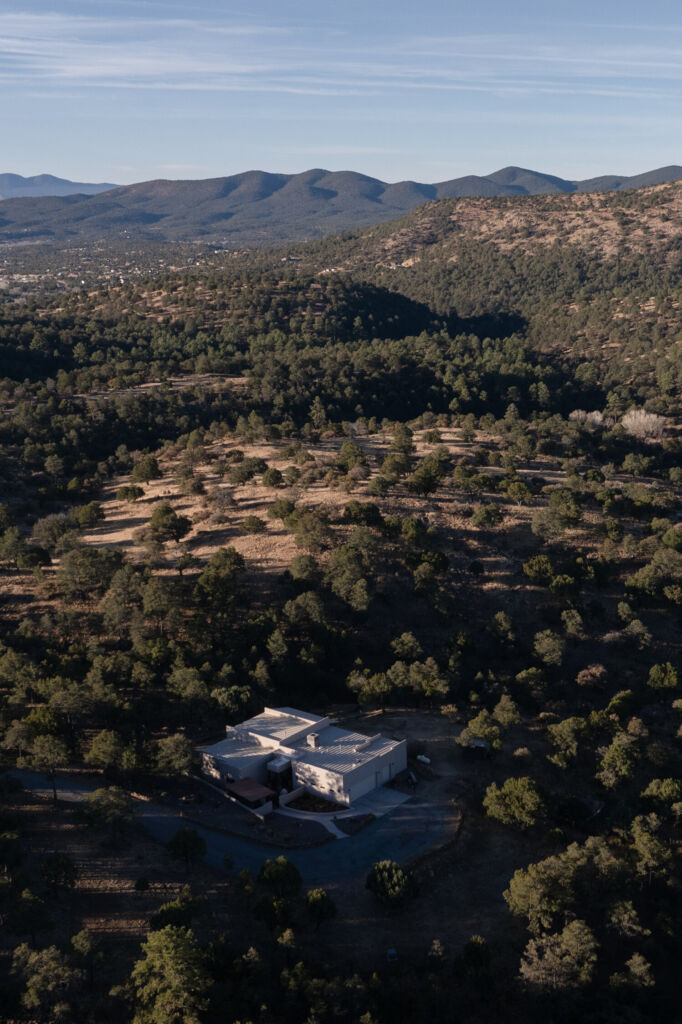
From Bloomberg News
Damaging, Multiyear Megadroughts are Spreading Around the World
The California fires are being fueled by eight months with little rainfall.
BLOOMBERG | 01/21/2025
CLIMATEWIRE | Severe drought conditions have helped fuel the Los Angeles wildfires. But a new study, released Thursday in the journal Naturecomes with a warning: Climate change is making catastrophic, multiyear “megadroughts” much worse around the world.
While I am very scared for the future of our planet and civilization there are reasons to be somewhat optimistic that we can find solutions to our predicament that will mitigate some of the worst consequences and… if we get a little lucky… we may actually find some ways to reduce the concentrations of heat trapping elements that we are continuing to pump into the atmosphere. And I like to report on these items also. Here are a couple… The first one I’ve reported on a couple of times over the years.
From E&E News
The new CO2 Storage Solution? Bricks and Mortar.
If all new buildings used CO2-storing materials, a new paper says, 16.6 billion metric tons of greenhouse gas could be stored annually — half of what humans produced in 2021.
01/17/2025
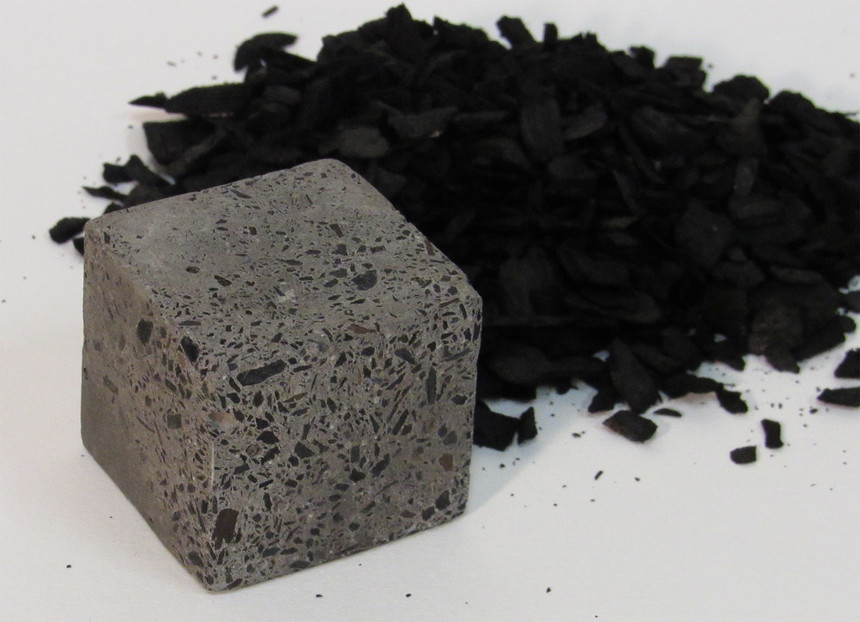
From AIAA Propulsion and Energy Forum
https://www1.grc.nasa.gov/wp-content/uploads/2018EATS-Review-of-DEP-Hyun-D.-6.2018-4998.pdf
A Review of Distributed Electric Propulsion Concepts for Air Vehicle Technology

Enough for today. Till next time, stay safe and healthy.

